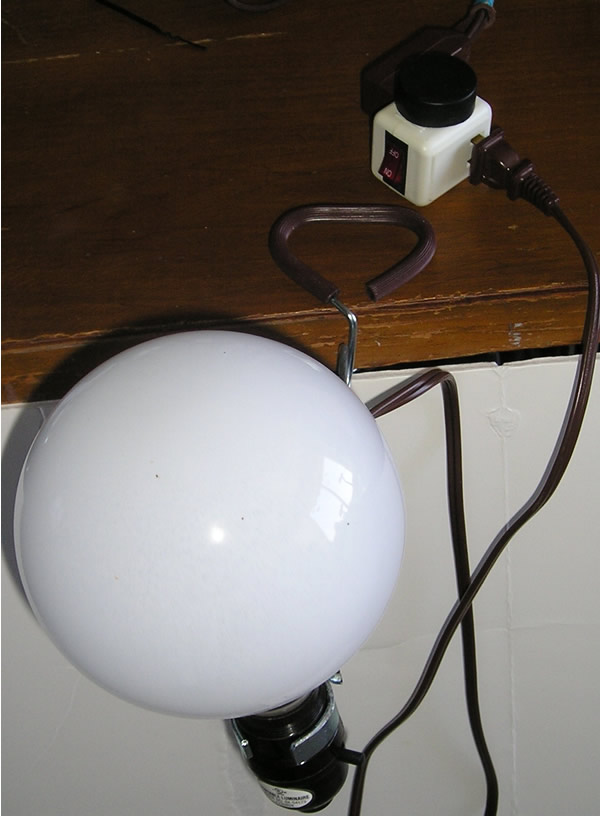AC5.1. Observing Color and Temperature

A star’s color is a direct effect of the temperature at its surface. To understand this look at an incandescent light controlled by a dimmer or rheostat. As the setting of the dimmer changes, thus changing the current to the light bulb and therefore the temperature of the light bulb filament, note how the color of the bulb is affected.
6.1. List the different colors you see in the light as you change the dimmer.
6.2. What color is the light when the dimmer is on high?
6.3. What color is the light at a middle setting?
6.4. What color is the light at the lowest setting?
6.5. At what setting do you think the light bulb is coolest?
6.6. At what setting do you think the light bulb is hottest?
6.7. What color would you expect a very hot star to appear to be?
6.8. Would a very hot star have a high or low B-V index? (See the Measuring the Color of Stars Discussion Sheet for an explanation of the B-V index.)
6.9. What color would you expect a relatively cool star to appear to be?
6.10. Would a cool star have a high or low B-V index?
6.11. Imagine you could double or even quadruple your distance away from a star. What would happen to the star’s:
A. Apparent brightness?
B. Luminosity?
C. Color?


